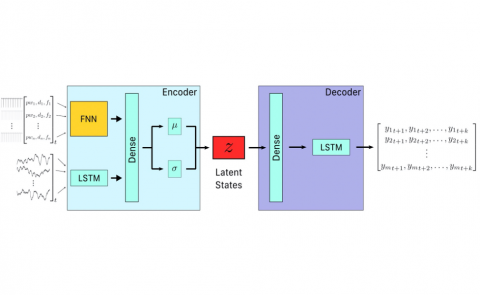Research Projects

The use of electrical brain stimulation for neurological disorders such as Parkinson’s disease and essential tremor is well-established, and newer applications such as for intractable obsessive-compulsive disorder (OCD) and epilepsy are rapidly being developed and adopted. Nonetheless, the practical use of brain stimulation is based on empirical observations of how a very few “generic” patterns of stimulation benefit patients. Meanwhile, a vast parameter space is largely unexplored and, connected with this, our ability to design stimulation that produces specific neurophysiological sequelae is severely limited. While it may be possible to deliver electrical stimulation to produce precise neural effects that accurately target neurological dysfunction, we do not yet have the capabilities to do so.
This project seeks to develop computational methods that enable efficient search of the stimulation parameter space to design stimulation protocols that achieve precise, pre-set goals, and simultaneously to understand which of those goals are achievable vs. not achievable for particular neural circuits (in other words, which neurophysiological states are simply “off-manifold” and therefore not attainable, vs. which ones are indeed attainable if we are able to find the right stimulation pattern). Researchers anticipate that both model-free and model-based approaches to stimulation design will be pursued.
The ability to design electrical stimulation to produce precise neurophysiological effects will have broad applications to a variety of neurological and psychiatric diseases that do, and may in the future, benefit from neuromodulation. In particular, the “rational” design of stimulation will allow more effective neuromodulation with fewer side effects, and it will also enable individual-specific stimulation strategies that best leverage each person’s own neural circuit substrates.